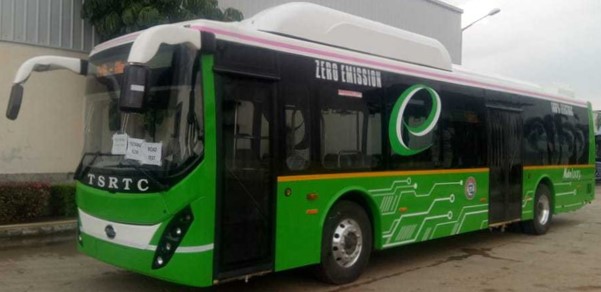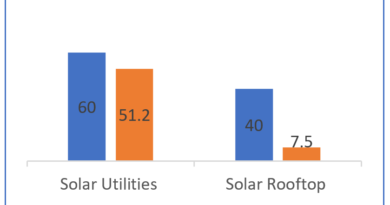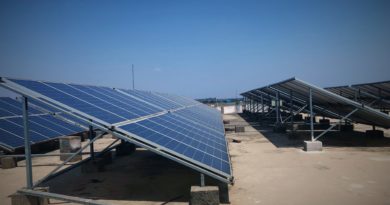Importance of E-mobility & EV Infrastructure Industry
The recent initiatives of the Government of India justify the importance of the E-mobility, Electric Vehicle (EV) and associated EV infrastructures. In brief, the below can be noted: –
The GST for the all EVs as well as the charger / charging stations for such vehicles have been made to 5% from 12%. If compared with conventional fuel-based automobiles (Petrol & Diesel based Internal Combustion Engine (ICE Cars), the GST is still 28% besides cess. Again, hiring of Electric Buses will be exempted from GST. An additional income-tax deduction of ₹1.5 lakh on the interest paid on loans if taken for purchase of EVs has also been announced in the budget 2019-20.

All these measures indicate that Government wants a surge in the usages of the EV over diesel/petrol vehicles. Under the second phase of the Faster Adoption and Manufacturing of Electric Vehicles in India (FAME-II) scheme, 10 lakh registered electric two-wheelers with a maximum ex-factory price will be eligible to avail incentive of Rs 20,000 each. It will also support 5 lakh e-rickshaws having ex-factory price of up to Rs 5 lakh with an incentive of Rs 50,000 each. FAME-II will offer an incentive of Rs 1.5 lakh each to 35,000 electric four-wheelers with an ex-factory price of up to Rs 15 lakh. It will support 7,090 e-buses with an incentive of up to Rs 50 lakh each having an ex-factory price of up to Rs 2 crore. The scheme will have a Rs 1,500-crore outlay in 2019-20, Rs 5,000 crore in 2020-21 and Rs 3,500 crore in 2021-22. It will cover buses with EV technology, electric, plug-in hybrid and strong hybrid four wheelers, electric three-wheelers including e-rickshaws and electric two-wheelers.
Why Govt is taking such steps?
Today, there are almost 1 billion motor vehicles worldwide, 700 million of them are cars. According to current projections, this number is expected to double no later than 2030. Until now, car mobility has been almost entirely dependent on imported fuel oil and newly industrialized countries are faced with the challenge of reducing traffic-related CO2-emissions and pollution and the dependence on oil imports. Although, India had a target to bring down the oil import up to 67% by 2022, it has jumped to a multi-year high of 84%.
But to really exploit the huge potential of electric propulsion to actually reduce CO2-emissions, the electricity for it needs to come from renewable sources such as Solar, Wind, etc.
So, the government is pressing EV acceptance because of climate protection, a growing scarcity of fossil fuels and an increased need for mobility due to rising population figures require new solutions and alternative propulsion systems. Electric vehicles can make a significant contribution to protecting the environment and avoiding emissions.
Also, there are advantages of using electric engines over ICE; only uses up to 50 percent of the fuels energy, an electric engine can harness between 80 to almost up to 100 percent of the available energy. Hence, the electric engine can cover longer distances with the same amount of energy and at the same time requiring low maintenance. The Clutch and gearbox are obsolete plus the engine has fewer components, which is facilitating the maintenance substantially
As per the potential consumers study worldwide, the barrier to EV adoption has been below points importance wise: –
- Price – Govt has already taken initiatives by reducing tax burden
- Driving Range – will be solved as the technology will improve further
- Access to charging stations – Government has already reduced tax burden; a right strategy is required to locate right charging infrastructure at the right places
As these barriers will be minimized gradually, the EV will have strong potential to replace the Internal combustion Engine cars which is most urgent worldwide to fight climate change.
References :-
- https://www.mckinsey.com/industries/automotive-and-assembly/our-insights/charging-ahead-electric-vehicle-infrastructure-demand
- https://www.vda.de/en/topics/innovation-and-technology/electromobility/Electric-Mobility.html
- https://www.thehindubusinessline.com/economy/gst-council-meet-tax-on-electric-vehicles-slashed/article28730571.ece
- https://economictimes.indiatimes.com/news/politics-and-nation/govt-notifies-fame-ii-scheme-for-clean-mobility-to-be-rolled-out-from-april/articleshow/68328744.cms



